Optimal Timing for Thermofoil Repairs
Thermofoil repairs are most effectively performed during periods of moderate indoor temperatures and low humidity. This helps ensure proper adhesion and reduces the risk of future damage. Timing can influence the longevity and appearance of the repair, making it important to choose optimal conditions.
Scheduling repairs during stable weather conditions, typically in spring or fall, minimizes environmental stress on the materials. Avoiding extreme heat or cold prevents issues like warping or improper bonding, ensuring a durable and seamless fix.
Spring and fall offer optimal temperatures for thermofoil repairs, reducing the risk of adhesion problems caused by temperature fluctuations.
Low humidity levels during these seasons help prevent moisture-related issues that can compromise the repair process.
Plan repairs when indoor temperatures are stable and consistent, typically between 65-75°F (18-24°C).
Avoid extreme weather conditions such as heatwaves or cold snaps to ensure the best repair results.
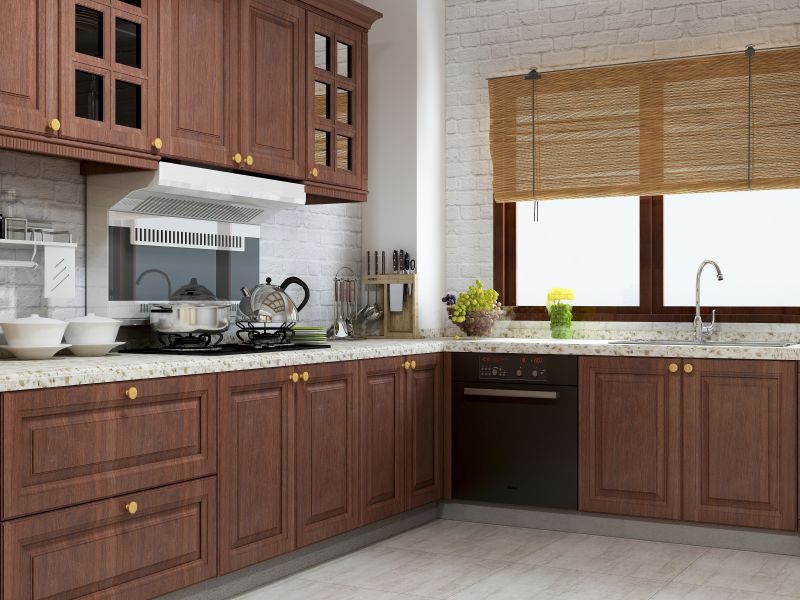
Ways to make Thermofoil Repairs work in tight or awkward layouts.
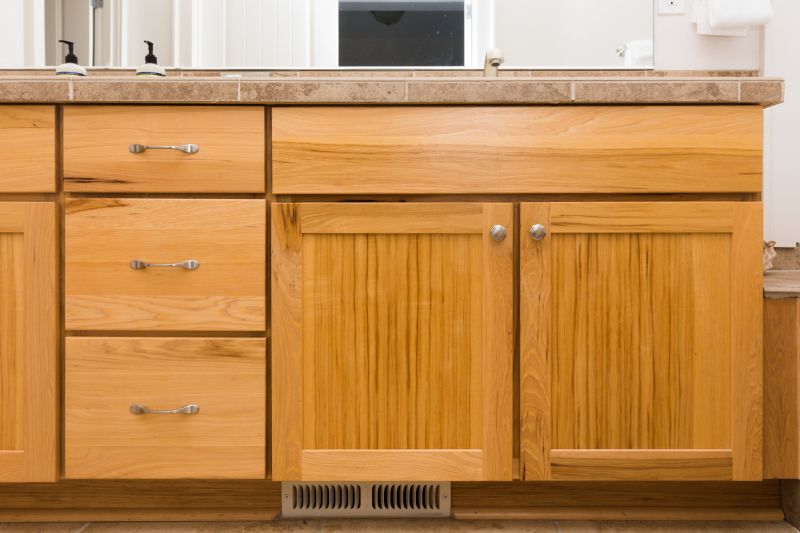
Popular materials for Thermofoil Repairs and why they hold up over time.
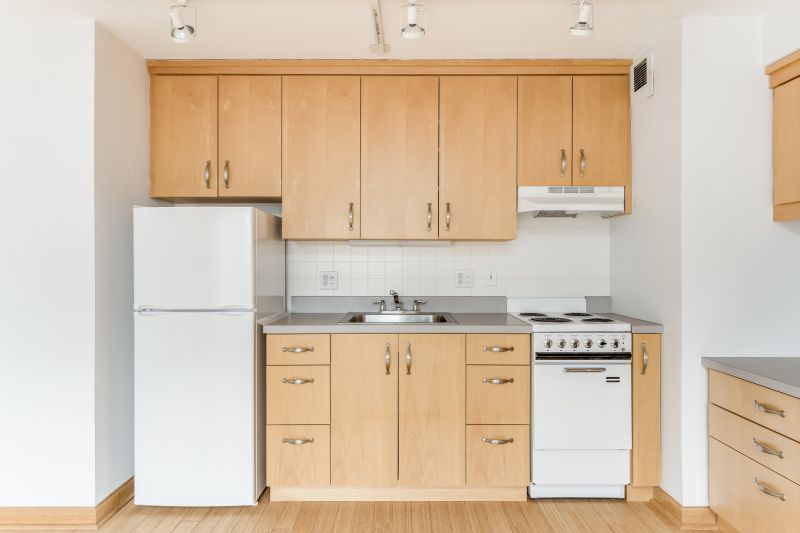
Simple add-ons that improve Thermofoil Repairs without blowing the budget.

High-end options that actually feel worth it for Thermofoil Repairs.
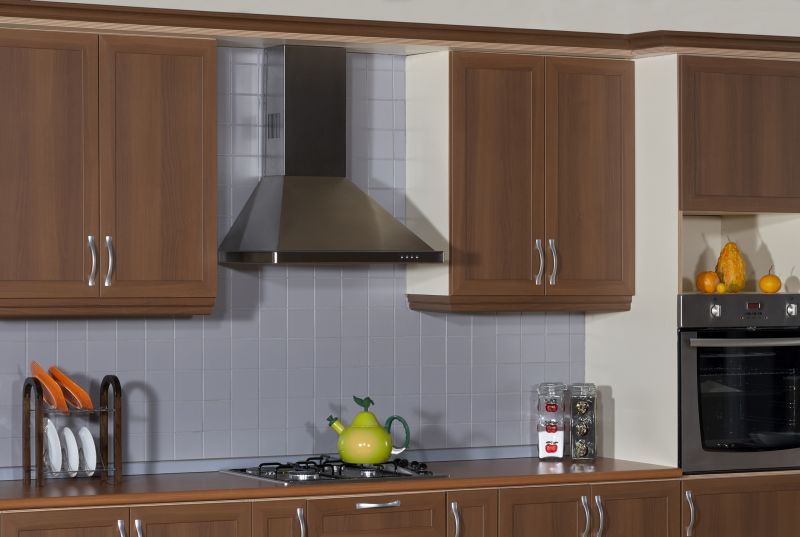
Finishes and colors that play nicely with Thermofoil Repairs.

Little measurements that prevent headaches on Thermofoil Repairs day.
| Factor | Recommended Timing |
|---|---|
| Temperature | Moderate, 65-75°F (18-24°C) |
| Humidity | Low humidity levels |
| Season | Spring or fall |
| Weather Conditions | Stable and mild |
| Indoor Conditions | Consistent temperature and humidity |
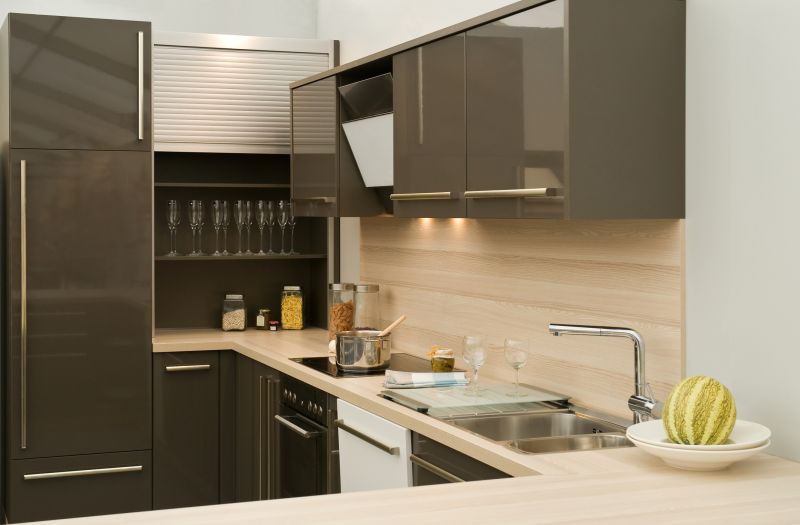
A 60-second routine that keeps Thermofoil Repairs looking new.

A frequent mistake in Thermofoil Repairs and how to dodge it.

Small tweaks to make Thermofoil Repairs safer and easier to use.
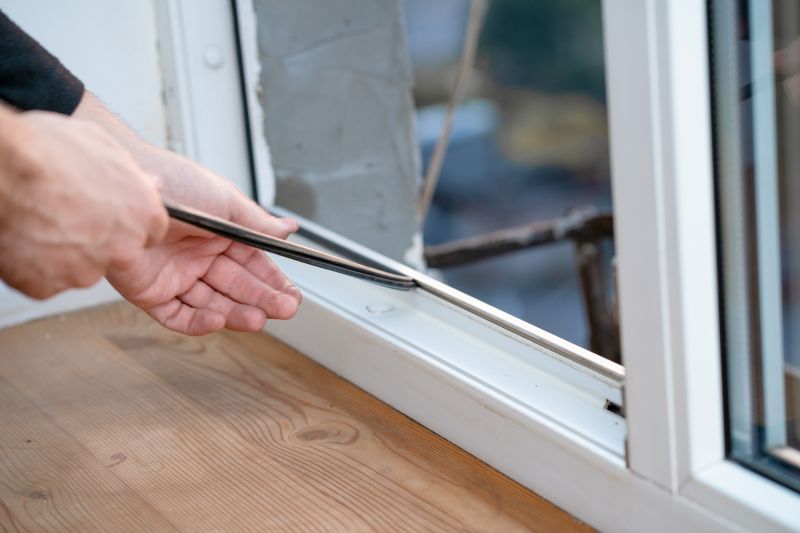
Lower-waste or water-saving choices for Thermofoil Repairs.
Understanding the optimal timing for thermofoil repairs can significantly impact the durability and appearance of the finished work. Proper planning ensures that environmental factors do not interfere with adhesion and curing processes. Consulting with a professional can help determine the best window for repairs based on local climate and specific circumstances.
Interested in thermofoil repairs? Filling out the contact form can provide more tailored advice and scheduling options to ensure the best results for specific needs.



